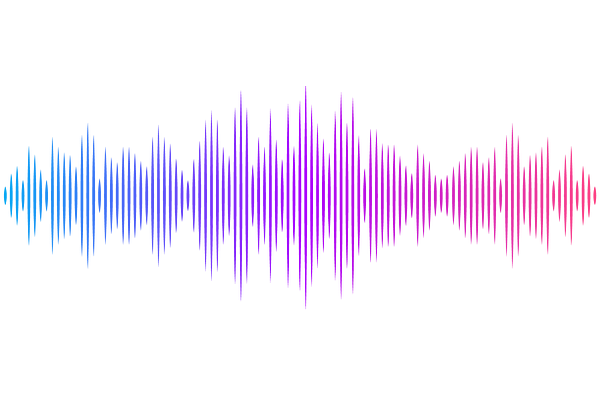Actin turnover and myosin contractility determine emergent Thickness Robustness of Cell-Mimicking Cortex

Actin turnover and myosin contractility determine emergent Thickness Robustness of Cell-Mimicking Cortex
Gat, S.; Amit, Y.; Livne, G.; Sanchez, D. S.; Porat, N.; Yochelis, A.; Gov, N.; Bernheim-Groswasser, A.
AbstractCell shape deformation is primarily determined by the actin cortex, a thin network of actin filaments and myosin motors, that lies beneath and attached to the plasma membrane of cells and endows cells with their mechanical stability and structural integrity. Since inside the cells there are hundreds of proteins associated with the actin cortex, it is very difficult to identify the role of each component and the mechanisms that maintain a functional cortex. Here, using a minimal set of components we recreate dynamic treadmilling in an actomyosin cortex on a bilayer membrane with cell-mimicking characteristics, in the absence and presence of myosin-II molecular motors. We reveal how treadmilling is regulated by actin network disassembly factors and myosin contractility, and how this drives the robustness of the cortical thickness to concentration fluctuations in cytoskeletal components.